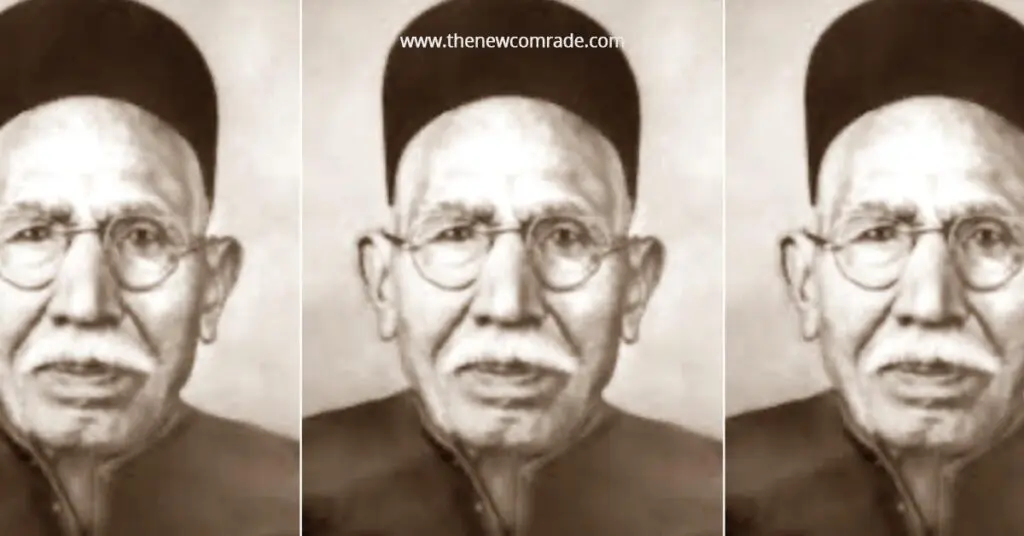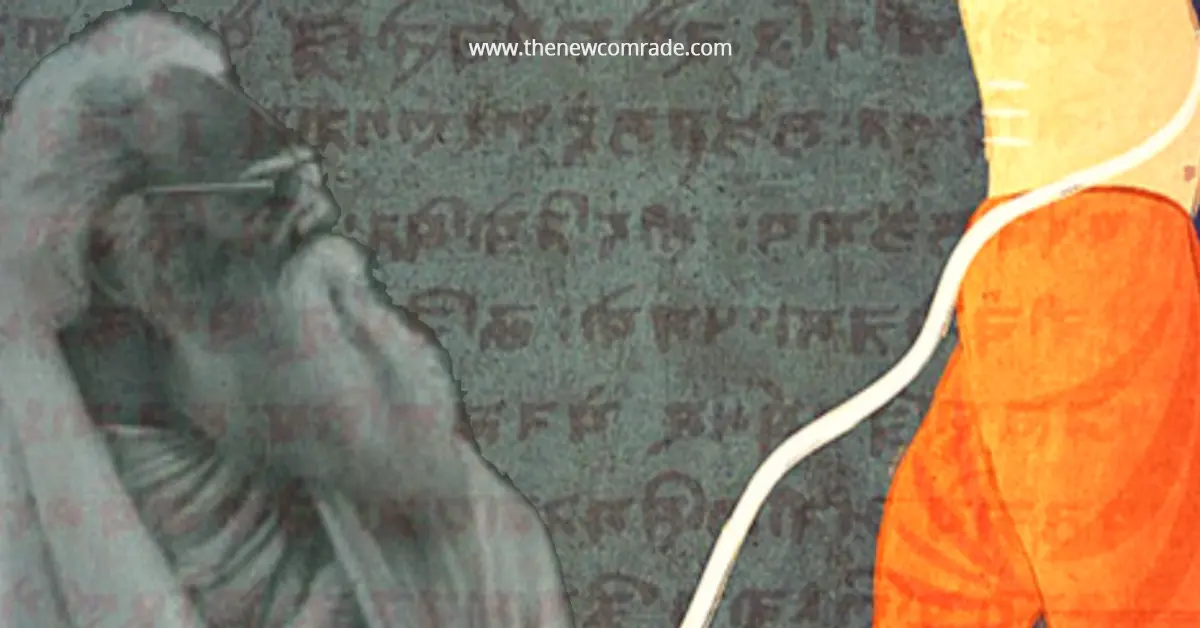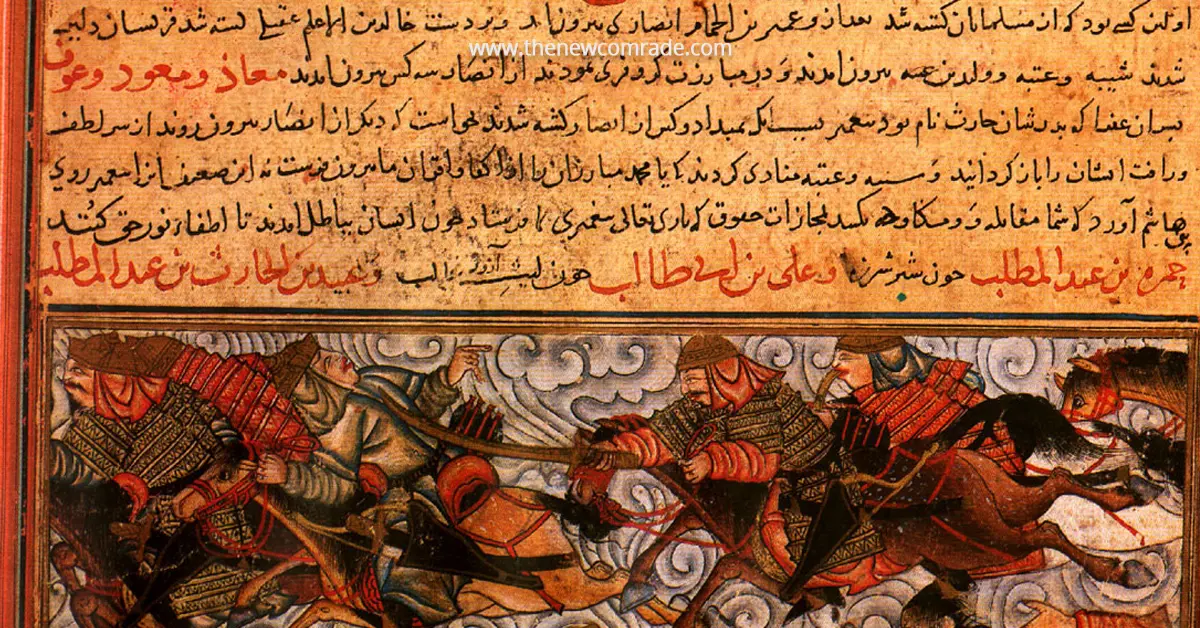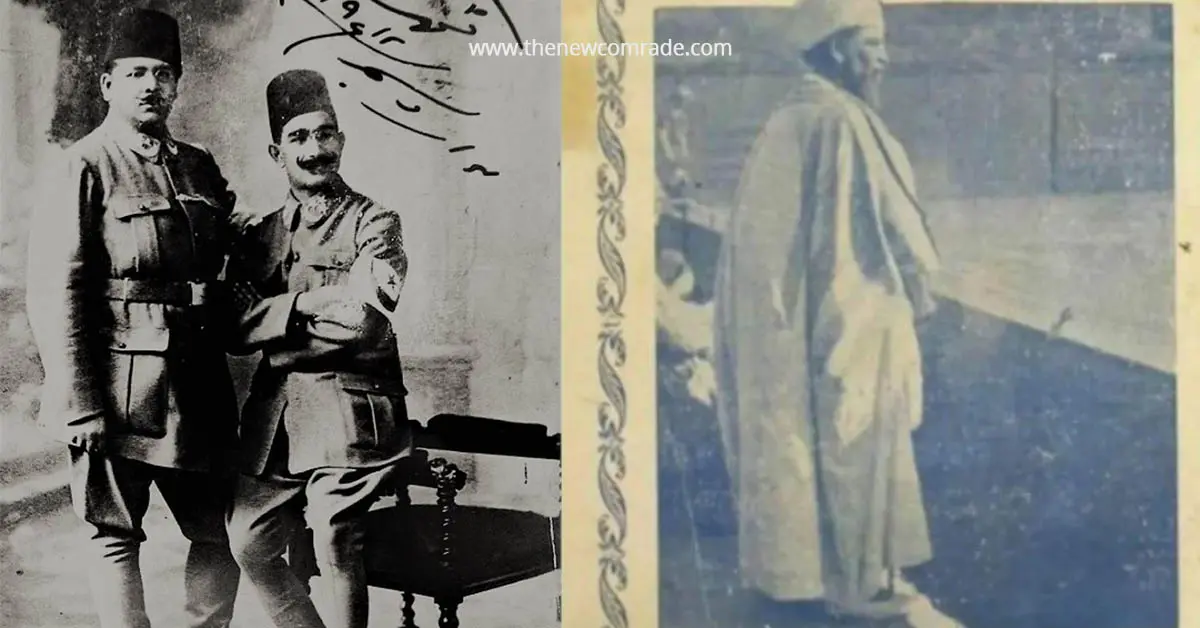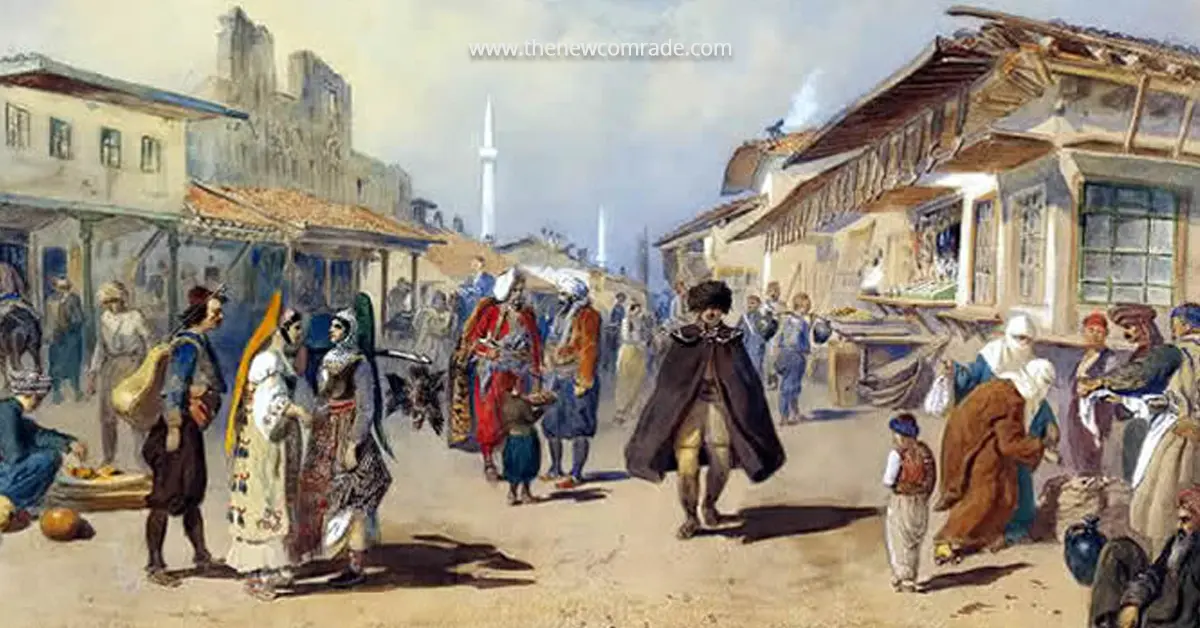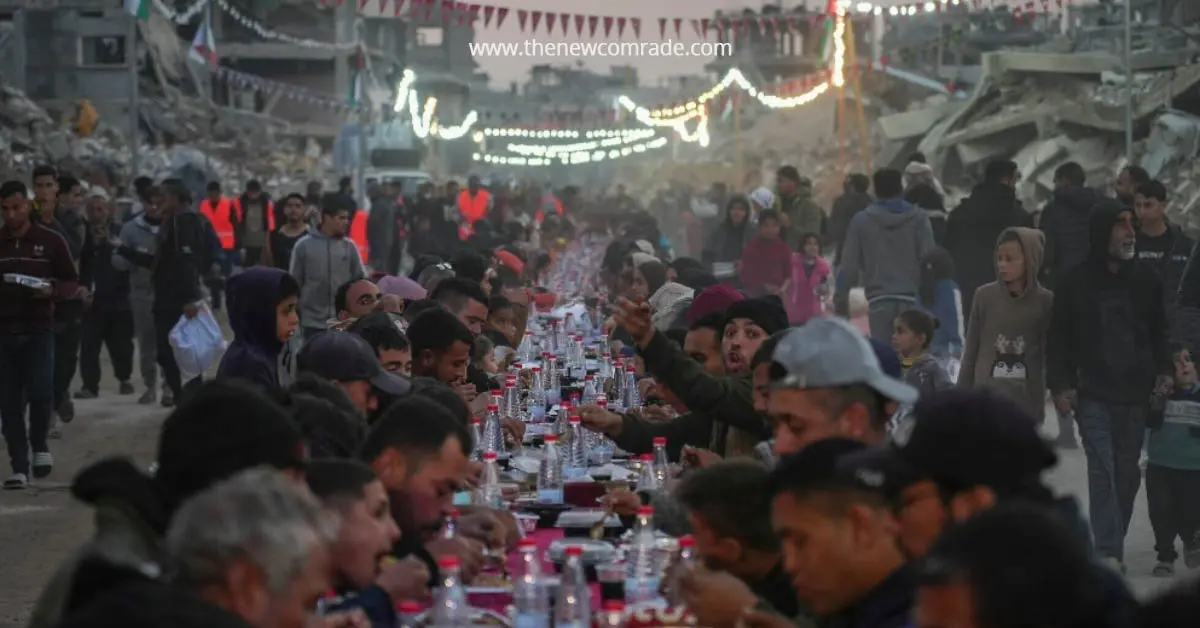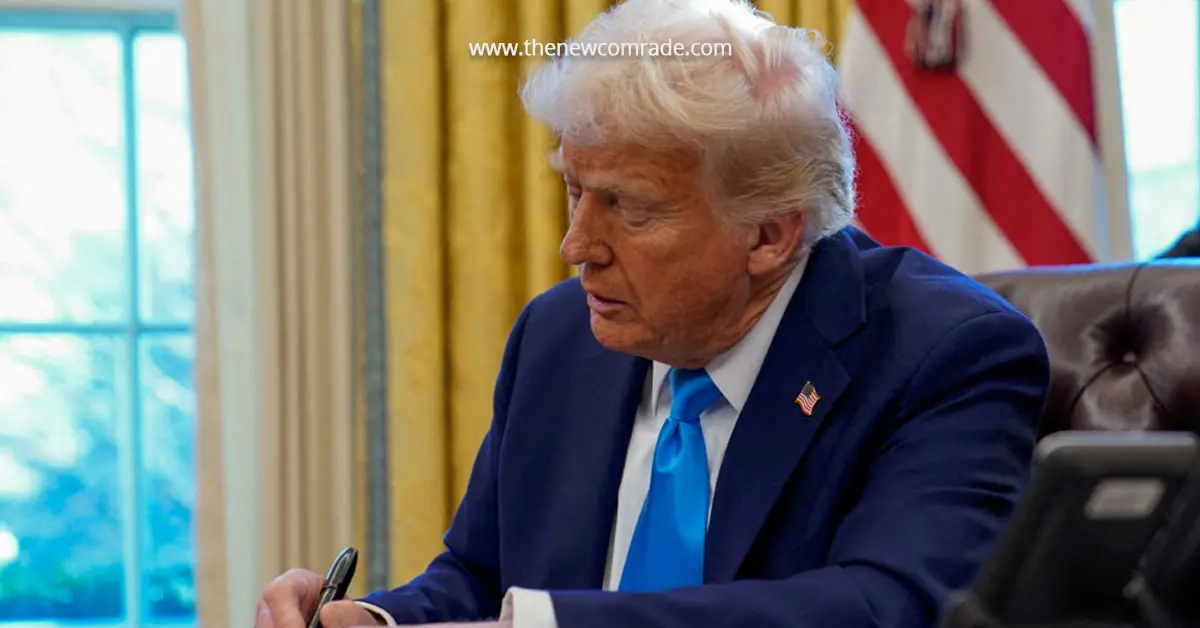Contemporary to Dr. B.R. Ambedkar (1891–1956), another extraordinary leader, viz. Babu Mangoo Ram Mugowalia (1886–1980), dedicated his life to challenging oppressive caste system in Punjab. While Ambedkar’s fight was rooted in social justice, political empowerment, and rewriting the nation’s legal framework, Mugowalia took a different path. He focussed on religious reform, believing that true liberation for Dalits could only result from breaking free of the Brahmanical practices that kept them shackled. Mugowalia stood firm against forced assimilation of Dalits into the Hindu fold, which he identified as a tool of exploitation.
For this purpose, he started Ad Dharm Movement in 1926. Through this movement, Mugowalia sought to give Dalits a distinct religious identity—one that celebrated their dignity, fostered self-respect, and freed them from the social hierarchies that had kept them oppressed for centuries. By rejecting Brahmanical traditions that upheld caste system, the Ad Dharm Movement empowered Dalits to envision a society where they could live with equality and pride. Mugowalia’s vision and approach offered a powerful alternative in the broader fight for justice and liberation, complementing efforts of other social reformers of his time.
Ad Dharm movement was most active in the early to mid-20th century. Its influence waned as other Dalit movements evolved. Over time, many Dalits in Punjab either adopted other religions or became more involved in the broader Dalit rights movements led by figures like Dr. B.R. Ambedkar, who promoted conversion to Buddhism and social reform.
Born into a Dalit family in Punjab, Mangoo Ram Mugowalia was directly impacted by harsh realities of caste system. He faced social discrimination and economic hardships due to his caste, which shaped his lifelong fight against caste-based oppression
He strongly believed that without a comprehensive and systematic fight against Brahmanical orthodoxy, which was rooted in the Shastric principles of purity and pollution, the South Asian struggle against British rule would fail to address the real needs of millions of Dalits. For centuries, Dalits had endured relentless marginalisation and oppression. They were “double victims” – oppressed by British colonialists as well as by local “upper” castes. It was this realisation that inspired Mugowalia to organise his Ad Dharm Movement.
Mangoo Ram Mugowalia gave his people a new religion to believe in—Ad-Dharm—and provided them with spiritual leaders to look up to, such as Valmiki, Ravi Dass, Kabir, and Nam Dev. He also introduced a symbol, Soham, for his followers to display, and a powerful slogan, “Jai Guru Dev”, for them to greet each other with. This new-found self-respect empowered them to actively pursue the cause of Dalit liberation, both within India and abroad, wherever they had settled. Mugowalia’s efforts helped his community break free from centuries of oppression and discrimination, forging a path toward equality and empowerment1.
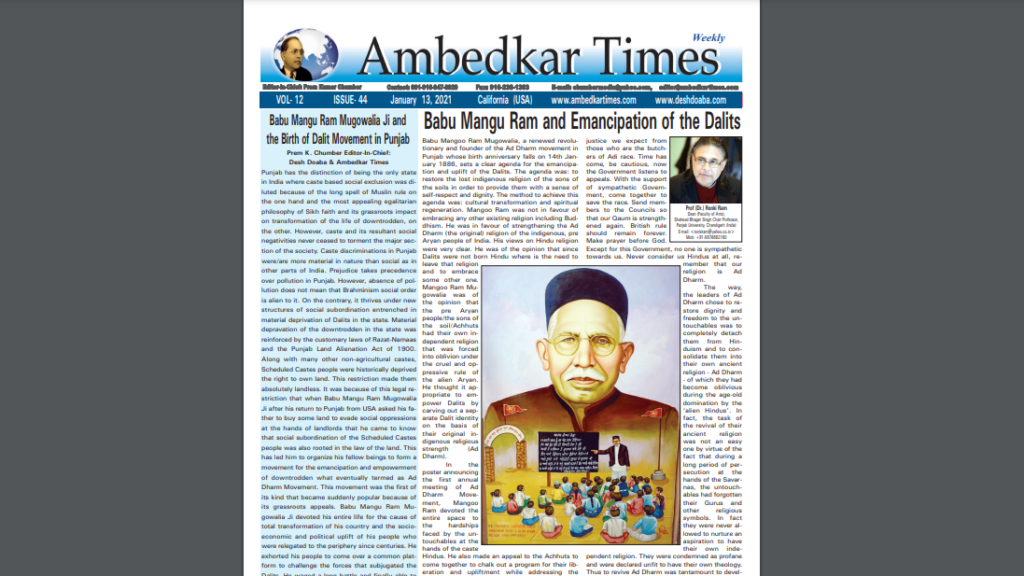
The central motivation behind Mangoo Ram Mugowalia’s efforts was both radical and empowering: the belief that Untouchables should be recognised as a distinct qaum (nation / community) outside Hindu fold, similar to Muslims, Hindus, Sikhs, etc. Mugowalia argued that this qaum had existed since time immemorial, a concept he presented not just as a historical fact but as a powerful myth-debunker aimed at empowering the marginalised. Mugowalia sought to communicate to his fellow Dalits that they possessed an inherent strength, a power that was rightfully theirs. As he expressed, partly as a statement of fact and partly as a hopeful vision, “The untouchables have their powers: nationalism (qaumiat), religion (Mazhab), and organisation (mazlis).” His hope was that these powers could be nurtured and expanded, not just through organisation but also through the force of ideology, ultimately leading to a sense of pride, solidarity, and self-empowerment among the Untouchables.3
In the 1931 CE Census, nearly half a million people identified as “Ad-Dharmi”, choosing this identity over being classified as Hindu, Muslim, or Sikh. This marked a significant moment in the history of Ad Dharm Movement, which had gained considerable traction under the leadership of Mangoo Ram Mugowalia. As noted by Mark Juergensmeyer, in the 1930s, the political influence of the Ad-Dharmi community began to shift towards electoral politics, initially aligning with the predominantly feudal Unionist Party and later with the Congress Party. This was a logical outcome of the political awakening sparked among the Dalit populace by Ad Dharm Movement, which sought not only social and religious reform but also political representation and empowerment. Mangoo Ram Mugowalia enjoyed an undisputed popular base. His efforts played a crucial role in the rise of Ad-Dharmi community’s political consciousness and participation in the broader political landscape of Punjab.3
In the crucial days of Round Table Conference held in London in the early 1930s, which aimed to shape a new political framework for India, Mangoo Ram Mugowalia worked enthusiastically alongside the greatest leader of the underprivileged, Dr. B.R. Ambedkar, who represented the Untouchables in those conferences. Mugowalia stood by Ambedkar’s side in this historic struggle to secure political rights for Dalits, advocating for their recognition as a separate and distinct political entity. His support played a significant role in strengthening Ambedkar’s efforts at the conference, as both leaders sought to ensure that the political aspirations and rights of Dalits were not overlooked in South Asia’s future governance2
Mangoo Ram Mugowalia stands as a rare and remarkable figure among the revolutionaries of the Ghadar Party. In an era when it was almost unheard of for an untouchable to grasp the essence of revolution against imperialism, Mugowalia not only understood but actively participated in it. His journey into revolutionary politics began when he moved to California (U.S.A.) in 1909, and joined Ghadar Party with much enthusiasm and dedication. Ghadar Party, with its commitment to revolutionary ideals, was an organisation that abolished social distinctions within its ranks—something that resonated deeply with Mugowalia, who yearned for a society based on equality. Reflecting on the unity and egalitarianism of the Ghadar Party, Mugowalia once said, “It was a new society; we were all treated as equals.”3
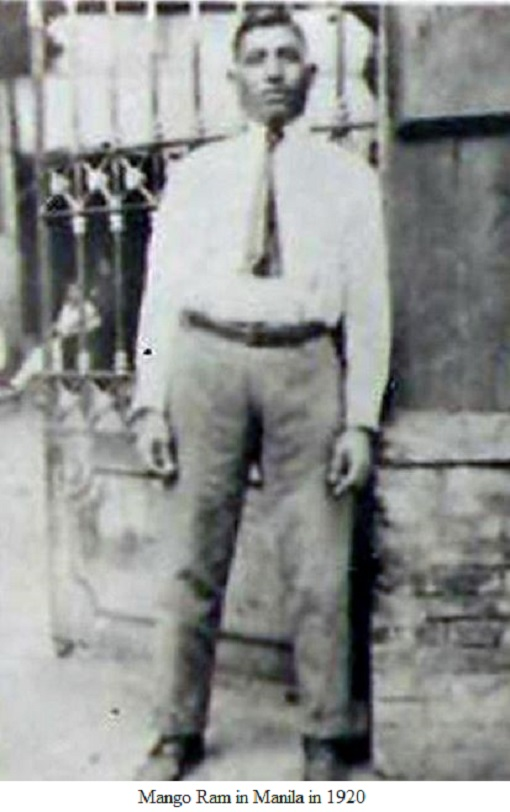
Mugowalia’s commitment to the revolutionary cause was unwavering. Initially involved in the organisational activities of the Ghadar Party, his bravery and conviction led him to take on a dangerous mission in 1915. He volunteered as one of the five Ghadarites entrusted with smuggling weapons from California to Punjab. The mission was fraught with peril, and Mugowalia was selected by Sohan Singh Bhakna, the then Secretary of the Ghadar Party, to undertake this high-risk task. In order to protect his identity, Mugowalia adopted the Muslim pseudonym “Nizamuddin” for the journey.
The mission saw Mugowalia travel across the globe, facing immense danger. He sailed from Los Angeles, passing through Socorro Islands, Mexico, Caledonia Islands, and Manila, before reaching Singapore and eventually making his way back to Manila. After some time, he did arrive in India in 1925, having put his life in constant danger for the sake of his revolutionary ideals.
As Prof. G. S. Ball notes, Mangoo Ram Mugowalia’s journey with the Ghadar Party highlights not only his courage but also his unyielding belief in equality and justice. His contributions to the movement were pivotal, and his personal sacrifices have left an enduring legacy in the history of South Asian struggle for freedom and social justice.
During his visit to Madurai, Mangoo Ram Mugowalia had a deeply unsettling experience that reinforced his commitment to social change. While visiting Meenakshi Temple there, he was warned to be careful not to touch the Untouchables, as the people there assumed, based on his attire, that he belonged to a higher caste. This incident left a lasting impact on Mugowalia. By the time he had returned to the Punjab, he had become even more convinced of the urgent need for social change. He realised that such discriminatory practices were not only pervasive but deeply ingrained in society. This experience further fuelled his resolve to challenge the caste-based divisions and work toward social equity, especially for the marginalised and oppressed.
Mangoo Ram Mugowalia wrote to the Ghadar Party headquarters in San Francisco about the difficult conditions of the Untouchables in India. He wrote to them that their freedom was more important to him than Indian freedom. According to Mugowalia, leaders of the Ghadar Party then disengaged him to work with Scheduled castes (Untouchables), and wrote him that they would support him in his tasks. Thus, in a new context, the old revolutionary from Fresno continued the Ghadar spirit. This clearly shows that even Ghadarites had realised the need to awaken these slaves of Indian Society – the then untouchables.3
Mangoo Ram was born on January 14, 1886, in the village of Mugowal, Hoshiarpur district. His father, Harman Dass, had left the traditional Chamar caste occupation of working with hides, seeking to move beyond the commercial tanner trade. However, with his wife, Atri, passing away when Mangoo Ram was only three, his father had to rely heavily on his sons—Mangoo and his elder and younger brothers—to help him. The leather trade required some knowledge of English, and since Mangoo Ram’s father was not literate, he had to depend on the upper-caste literates to read sales orders and other instructions to him. In exchange for their help, he would have to perform a day of manual labour. This motivated his father to ensure that his son received an early education, hoping it would open new avenues for their livelihood and empower him in life.4
When Mangoo Ram was just seven years old, he began his education under the guidance of a village Sadhu (Saint). Thereafter, he attended various schools in Mugowal area, Tehsil Mahilpur, district Hoshiarpur. He also spent time at a school in a village near Dehradun, where his elder brother had settled. In nearly every school he attended, Mangoo Ram was the only Scheduled Caste student. Often relegated to the back of the class, or sometimes even forced to sit in a separate room, he would listen to the lessons through the open door.
At Bajwara High School, Mangoo Ram’s experiences became even more stark. He was forced to stay outside the building and listen to the classes through the windows. On one occasion, during a heavy hailstorm, he entered the building to seek refuge, only to be beaten by the Brahman teacher, who then ordered that all the furniture he had supposedly “polluted” with his presence be placed outside in the rain to be ritually washed clean. Despite such discrimination, Mangoo Ram excelled in his studies and came third in his class during primary school. However, while other students of his calibre were encouraged to become patwaris (village record-keepers) or pursue higher education, Mangoo Ram was instead urged to leave school and assist his father with what was considered a more “appropriate” Chamar task.
In 1905, Mangoo Ram left school, married, and for the next three years, he worked alongside his father, helping to turn their leather trade into a thriving business.
- https://www.ambedkartimes.com
- Ishwar Das Pawar, District & Sessions Judge (Retd.) on his article Babu Mangoo Ram Mugowalia and Ad-Dharma Movement
- Prof. G. S. Ball in his article Babu Mangoo Ram Mugowalia: A Profile
- Hari Paul Randhawa Chief Editor “Begumpura Times” UK “Voice of Ad-Dharm” on his article Remarkable Mission Of Babu Mangoo Ram Mugowalia
